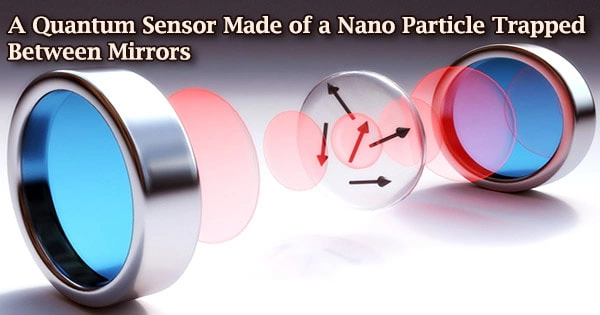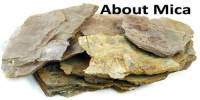Sensors are an important part of the Internet of Things since they provide data for controlling various items. Precision is crucial in this situation, and quantum technologies may be able to help. Nanoparticles in tiny optical resonators can now be moved into the quantum regime and employed as high-precision sensors, according to researchers.
Quantum physics advancements open up new possibilities for improving sensor precision and enabling new technologies. Oriol Romero-Isart of the Austrian Academy of Sciences’ Institute of Quantum Optics and Quantum Information and the Department of Theoretical Physics at the University of Innsbruck, along with Romain Quidant of ETH Zurich, have proposed a new design for a high-precision quantum sensor.
The researchers believe that by utilizing the system’s fast unstable dynamics, the motional fluctuations of a nanoparticle trapped in a small optical resonator might be decreased far below zero-point motion.
Quantum sensors will provide us with unprecedented access to the world’s tiniest details. Personalized therapy, early cancer diagnosis, biological process mapping, and 3-D mapping of individual protein molecules are all possible applications.
We demonstrate that a properly designed optical cavity can be used to rapidly and strongly squeeze the motion of a levitated nanoparticle.
Katja Kustura
Particle caught between mirrors
Mechanical quantum squeezing minimizes the uncertainty of motional fluctuations below zero-point motion, and it has been proved experimentally in the quantum domain with micromechanical resonators in the past. The researchers now offer a novel technique that is suited specifically for levitated mechanical systems.
“We demonstrate that a properly designed optical cavity can be used to rapidly and strongly squeeze the motion of a levitated nanoparticle,” says Katja Kustura of Oriol Romero-Isart’s team in Innsbruck.
Quantum sensors will also be critical in the development of new quantum materials required for the construction of a large-scale quantum computer. Quantum sensors have been used in a variety of important processes due to their potential benefits. Quantum sensors are being used in areas such as renewable energy, nuclear energy, and geothermal energy.
Light is reflected between mirrors in an optical resonator and interacts with the levitated nanoparticle. Dynamical instabilities can result from such interactions, which are frequently regarded undesirable.
The researchers now show how they can instead be used as a resource.
“In the present work, we show how, by properly controlling these instabilities, the resulting unstable dynamics of a mechanical oscillator inside an optical cavity leads to mechanical squeezing,” Kustura says.
The novel protocol is resilient in the presence of dissipation, which makes it ideal for levitated optomechanics. The researchers apply this approach to a silica nanoparticle connected to a microcavity through coherent scattering in a work published in the journal Physical Review Letters.
“This example shows that we can squeeze the particle by orders of magnitude below the zero-point motion, even if starting from an initial thermal state,” Oriol Romero-Isart is pleased to say.
The research presents a potential new route in levitated optomechanics beyond quantum ground state cooling by using optical cavities as mechanical quantum squeezer.
Micro-resonators thus provide an intriguing new platform for the development of quantum sensors, which might be utilized in satellite missions, self-driving automobiles, and seismology, among other applications. The European Union provided funding for the research at Innsbruck and Zurich.
















